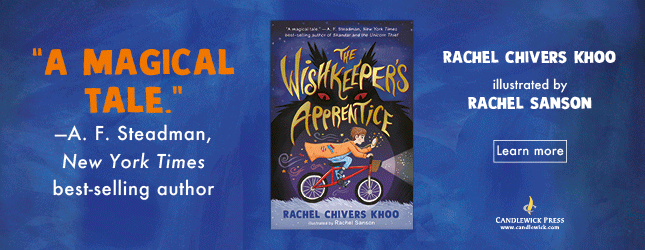Review Detail
Kids Nonfiction
866
Fascinating Animation Story
Overall rating
4.0
Writing Style
3.0
Illustrations/Photos (if applicable)
5.0
Learning Value
4.0
Born in Germany in 1899, Lotte Reiniger read a lot of Grimm's Fairy Tales, and was fascinated with story telling. While the tales were traditional, the world was becoming increasingly modern, and Lotte was introduced to movies when she was young. When she was given puppets, she started telling her own stories, and also created tales using the popular paper cutting Scherenschnitte craft popular at the time. After seeing a lecturer who talked about movies and animation, Lotte decided that she wanted to study acting, and became attached to the acting troupe of Paul Wegener. She was able to sell her papercuts to fellow students to help with tuition. She was fortunate to be asked to help Wegener with the title pages for his silent movies, and this started off her career in film. When the rat scene in The Pied Piper of Hamlin became hard to make happen, Lotte found a way to use wooden rats and stop motion animation to make the scene look like real rats were following the Pied Piper! Wegener introduced her to a new animation studio, where she learned to use a Tricktisch animation table, and made her own film, The Ornaments of the Loving Heart, using her papercuts. She and her husband Carl, whom she met in the industry, continued to make animated films, and she pioneered the use of layers of glass to give depth to scenes, the multiplane camera. In 1926, she introduced the first full length fairytale movie, The Adventures of Prince Achmed.
Good Points
Using many representations of the papercutting technique in the illustrations, this book has a strong visual vibe of the early twentieth century. The pages are predominately black, with pops of color that lean heavily toward oranges, yellows, and reds. The faces of the characters are a stark white, and the quality of the lines puts me in mind of Blanche Fisher Wright's 1916 Mother Goose.
The end notes are helpful, putting Lotte's work in context and explaining that even though she did animated films, they were not necessarily aimed at a child audience. There is a list of her films that are appropriate for a younger audience, and the cultural problems in her depiction of Asians are explained. There are end notes and resources as well.
My favorite part of the book was the use of the silhouettes, or papercuts, to illustrate various scenes. This gives such a powerful feeling of early twentieth century art, and is such a nice nod to the artist's work. I'm always a fan of reading about pioneers in any field who have previously been ignored.
This is a great title to include in a list of picture book biographies about artists who worked on films, along with Leung's Paper Son: The Inspiring Story of Tyrus Wong, Immigrant and Artist and Novesky's Mary Blair's Unique Flair: The Girl Who Became One of the Disney Legends.
The end notes are helpful, putting Lotte's work in context and explaining that even though she did animated films, they were not necessarily aimed at a child audience. There is a list of her films that are appropriate for a younger audience, and the cultural problems in her depiction of Asians are explained. There are end notes and resources as well.
My favorite part of the book was the use of the silhouettes, or papercuts, to illustrate various scenes. This gives such a powerful feeling of early twentieth century art, and is such a nice nod to the artist's work. I'm always a fan of reading about pioneers in any field who have previously been ignored.
This is a great title to include in a list of picture book biographies about artists who worked on films, along with Leung's Paper Son: The Inspiring Story of Tyrus Wong, Immigrant and Artist and Novesky's Mary Blair's Unique Flair: The Girl Who Became One of the Disney Legends.
Comments
Already have an account? Log in now or Create an account



































